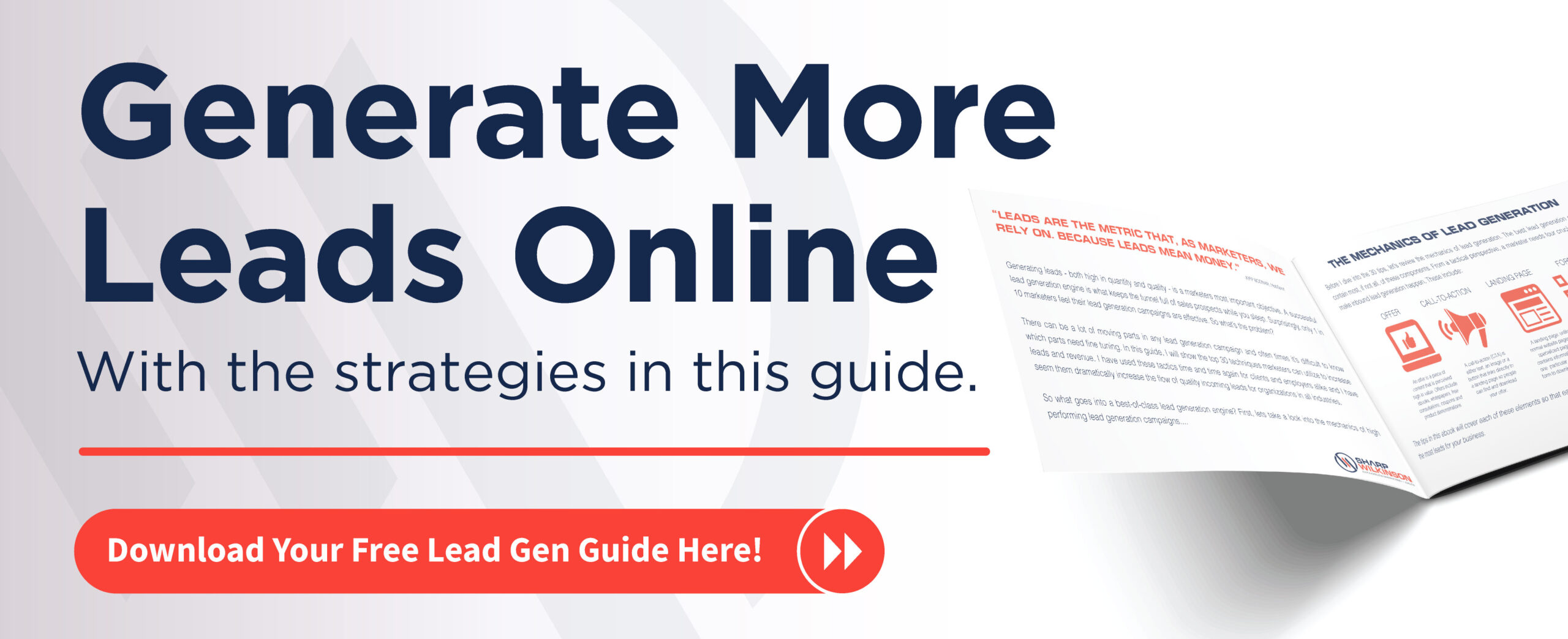When it comes to blogging, doing the same old thing won’t make the cut. You could write the standard format of introduction, body, and conclusion but that can be boring and it most likely won’t leave your audience wanting to come back for more of your content. Like many types of content, switching up your format can bring more engagement and traffic – and blogs are no exception.
If you’re looking to grow your business then it may be time to try something new. Below is a list of 10 different types of blogs that you can implement to add a little more variety to your site.
1. Lists
Let’s start off easy with the list format (a.k.a. this blog post). Lists are great for streamlining information in an easy to read and share blog post. Lists blogs are easily recognized since they most often include a number in the title, such as Four Blogging Tips of Successful Bloggers.
List posts are great for topics that include tips, tactics or ideas and can result in highly engaging content. When listing your various points, be sure to include detailed comments under each one to provide additional value to your audience.
2. The How-To Post
How- To and tutorial blog posts are used to instruct your readers on how to do something. This type of blog is very common among business bloggers for educating and generating traffic from an organic search.
It makes sense if you think about it. Why do you go to the internet? Whether you’re going to Google to figure out who that actor was in the movie you watched last night or need to know how to change your oil, we search the internet to find the solution to our problems. Your audience is the same way and you can solve their problem through your How-To post.
A How-To post is great for showing your credibility, trust and expertise to your readers. When writing your How-To post be sure to be as thorough as possible, include clear steps and include photos, graphics or other visual media to supplement your guide. Even if you show them how to do a particular task, they will see your website, related blogs and may consider you for other opportunities in the future. Check out our blog, How to Work with a Graphic Designer to get the Best Results as an example.
3. Interviews
Interview posts are great for introducing different viewpoints on topics and for developing relationships within the industry. Interviews will also allow you to expand your reach if the interviewee chooses to share the blog post on their social media channels. Our Five Questions With series is an example of interview blogs that we have done with clients, Sharp Wilkinson employees and individuals within our industry.
4. The ‘What Is’ Blog
The ‘what is’ blog post is great for introductory content aimed at beginner audience members. This type of blog serves to explain a topic, highlights what it is and can provide reasoning for why they should care. Since this is an introductory blog post to a particular topic, the post should also link to intermediate content that a reader can click on to learn more. Our post What is Graphic Design, Really? is an example of this type of blog and includes a call-to-action to our graphic design eBook so the reader can learn more.
5. The ‘Why’
Following the ‘what’ post, comes the ‘why’ which is perfect for calling attention to the importance of a particular topic. These posts are great for beginner readers too since you should back up your reasoning and why argument with explanations, statistics and facts. Similar to a persuasive article, this type of blog should be used to help convince readers on why the topic is something they should care about. Check out Why You Shouldn’t DIY Your Company Logo for an example of a ‘why’ post.
6. Reviews
Reviewing books, products, software or services is a great way to share valuable information with your audience. You could do a straight review of a product or compare and contrast different aspects of multiple products. While reviews may not work for all content creators, this type of blog is great if your audience is looking for recommendations from types of products that you use. By offering a review, you have the potential to drive a decent amount of traffic to your site.
 Many people turn to the internet for recommendations for products and services. Turn these searches into traffic for your site.
Many people turn to the internet for recommendations for products and services. Turn these searches into traffic for your site.
7. Controversial Posts
One type of blog post that is great for interaction is a controversial stance on a topic that your audience is passionate about. While this post may spark some angry comments, sharing and interactions are still great for your website’s traffic. We will let you decide if it is right for you.
8. Fun Posts
While you may want to be all business, entertainment and fun content does have a place in your content strategy. Whether it’s a feature story on your company’s Thanksgiving traditions or the best Superbowl commercials, adding a mix of fun content into your everyday blog can be quite refreshing. We recommend posting these types of blog posts in moderation, around the holidays or even the end of the week when your audience is most likely feeling burnt out.
9. Guest Posts
Having outside contributors is a great way to bring exciting and fresh content to your blog without doing all the heavy lifting. You can accept submissions for guest blogs by setting up editorial guidelines, reviewing the quality of work and ensuring that their viewpoint is original. Similar to interviews, guest bloggers can share and promote their blog on your site to their social media and website to drive traffic for both of you.
10. Comparisons
Like the headline suggests, this type of blog post is used to compare two things to assist the reader with their decision making. While there isn’t always a price tag involved, comparison posts are great for comparing two different solutions to address an individual’s problem. For example, in our post Inbound vs. Outbound: Which is Better?, we compared the two types of marketing strategies and discussed which was more effective for your business. Comparison posts that contain details of both situations while not being overly biased provide a lot of value to your audience.
There are numerous types of blogs that can be used to drive traffic to your website and this list is just the tip of the iceberg. When it comes to choosing on what type and format to use, it is best to focus on what your audience is mostly likely to interact with. In the end, your goal is to engage, resonate and drive traffic, so don’t be afraid to experiment on what works best for you.





